The Left Bank of Paris was traditionally known as the area of scholarly learning, free-thinking, and a more casual bohemian cafe life. All of this can especially be found in the 5th and 6th arrondissements of the city.
5e Arrondissement
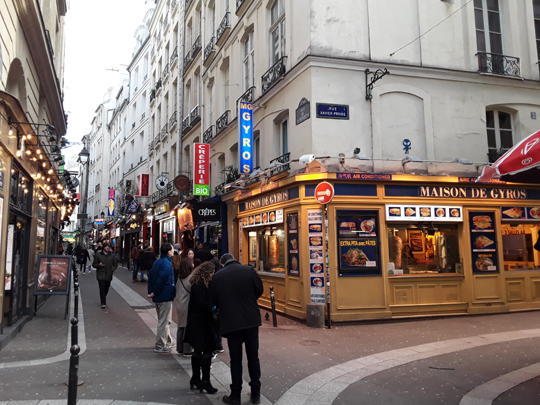
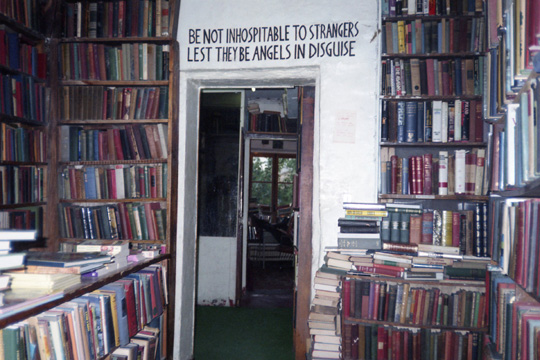
The Quartier Latin (Latin Quarter) was once associated with students studying the classic languages but today is more identified with bustling Greek restaurants, winding bookstores, and tourist gift shops (1996/2020)
I love finding the little bits of ancient Rome scattered throughout France and it all started when I was amazed to stumble upon the Arenes de Lutece, an old Roman amphitheater now a public playground where old French men play a game of boules (1996)
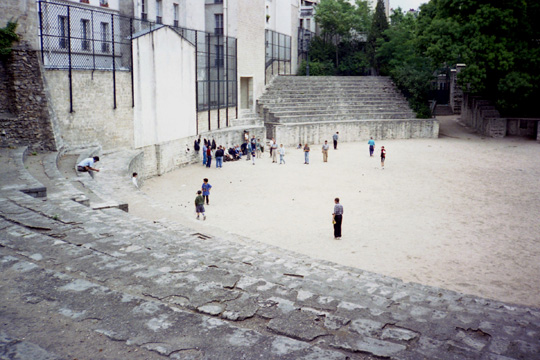
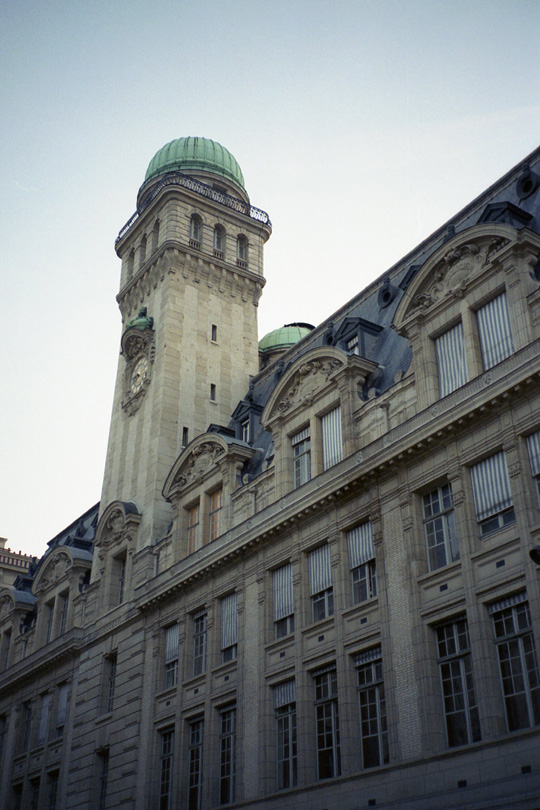
The Sorbonne, Paris’s ancient university (2003/2004)
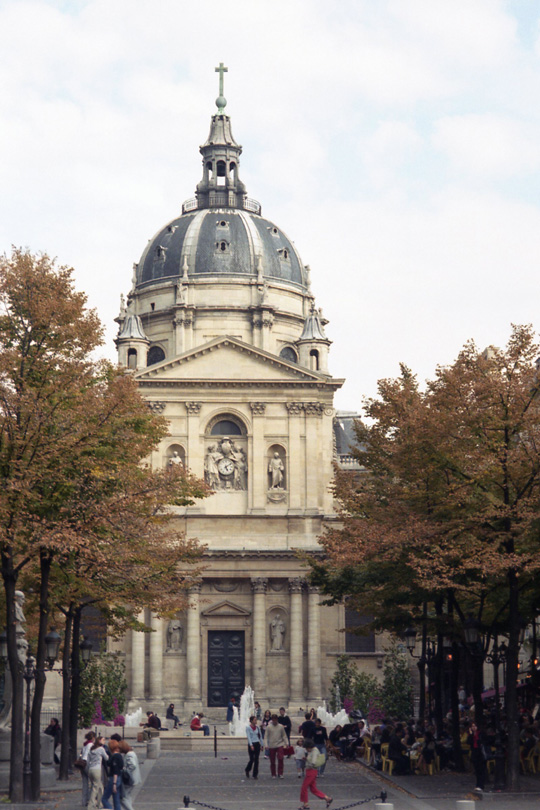
A delightful blending of old design and new architecture on the Institut du monde arabe (Institute of the Arab World) (2003)
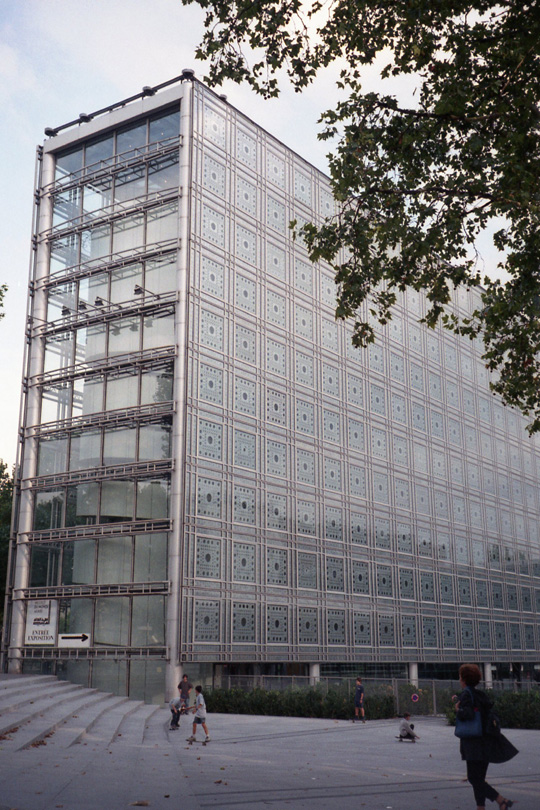
6e Arrondissement
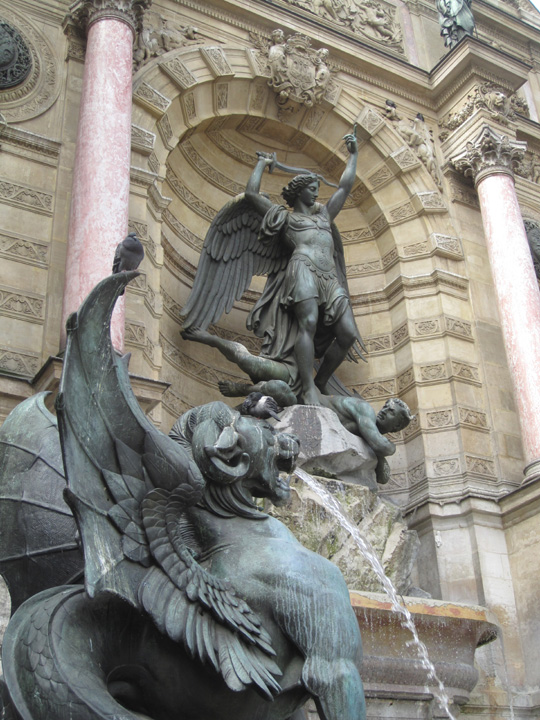
The fountain at Place St. Michel has become my traditional first spot to come up from the metro for a visit to the city (2011)
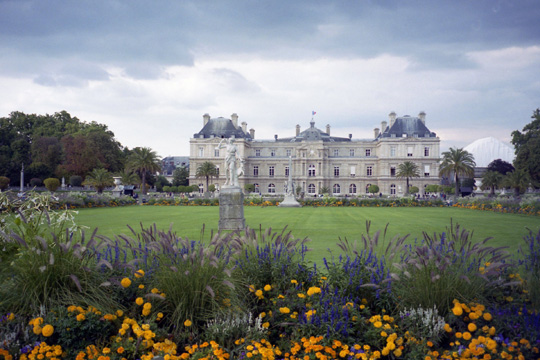
The central lawn of the Jardin du Luxembourg with a view of the palace behind (2003)
The statue ‘L’acteur grec’ beautifully situated at the edge of the garden with a view down to the Pantheon (2003)
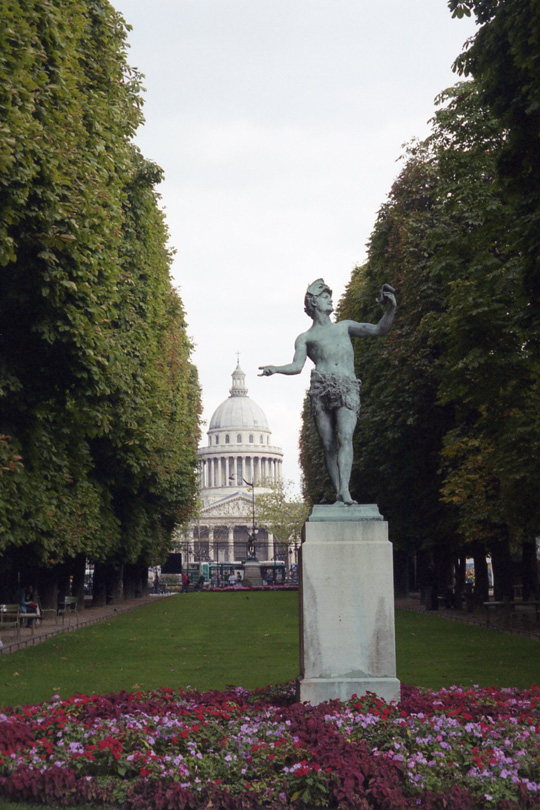
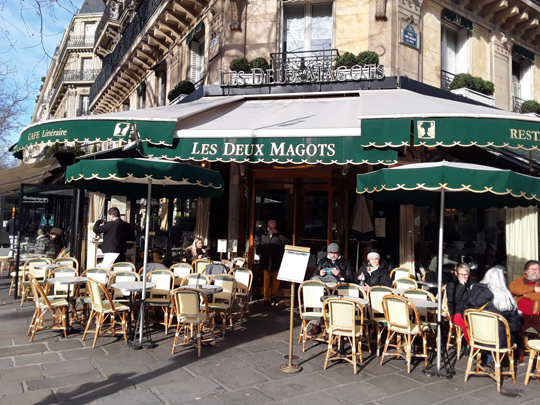
Les Deux Magots, famous as one of the cafes used by entre-guerres writers and thinkers like Jean-Paul Sartre and Simone de Beavoir (2020)
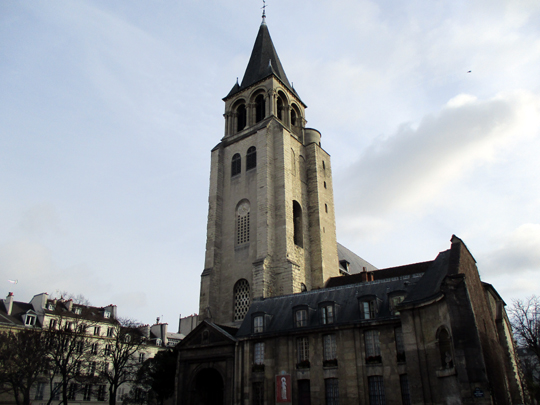
Paris’s oldest existing church, l’Eglise Saint-Germain-des-Pres, recently refurbished to brilliant color inside (2020)
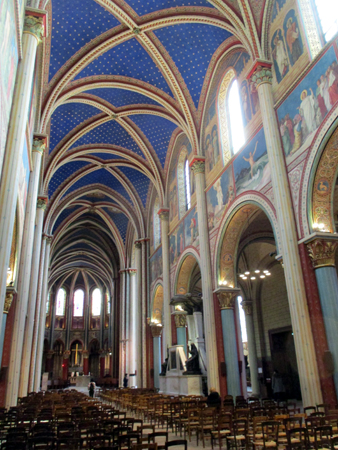
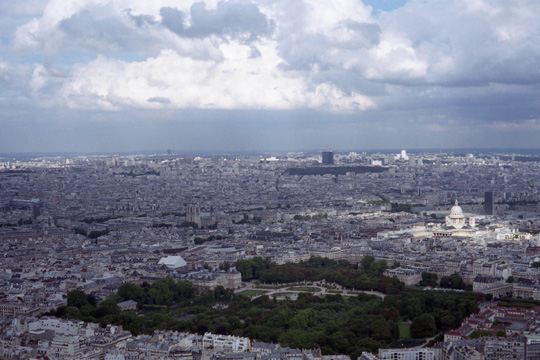
An overview of 6th and 5th including the gardens and the Pantheon (2004)